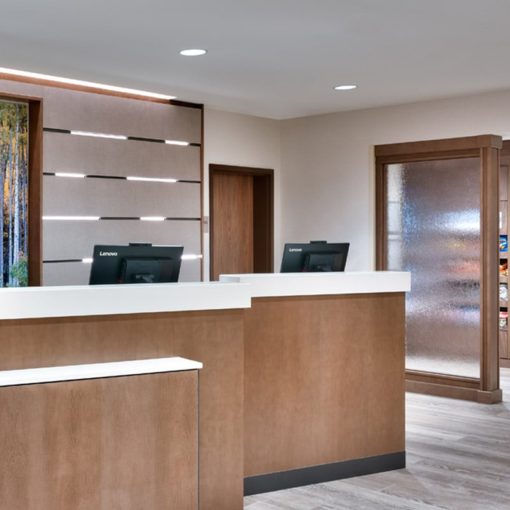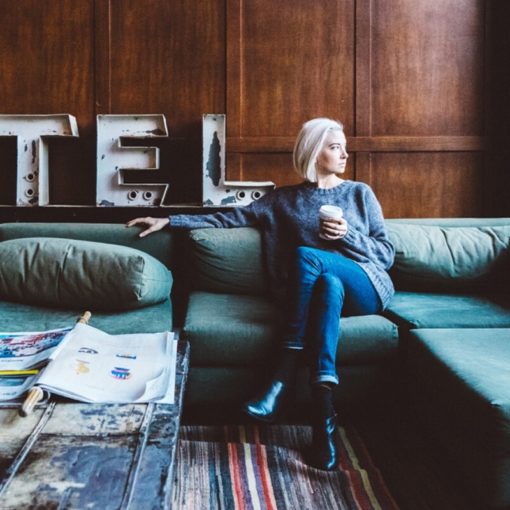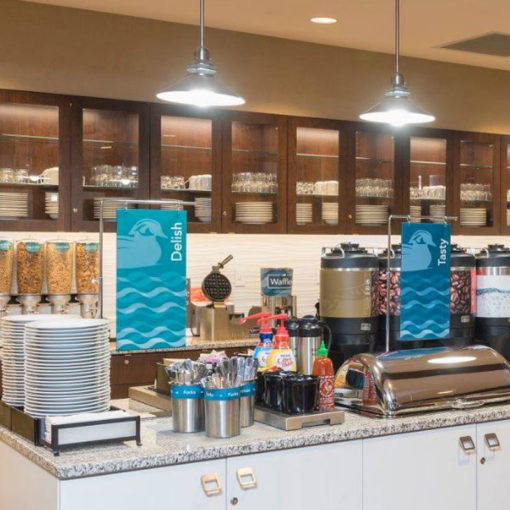What You Need to Know for ADA Compliance in Hotels
Hotel furniture, fixtures, and equipment (FF&E) aren’t just about providing a beautiful and comfortable experience. They’re also about providing accessibility and a safe visit for all guests, including those with diverse needs and various disabilities. Achieving ADA compliance at your hotel is an important and necessary step.
In this post, we’ll help you begin the thought process needed to make your hotel rooms ADA-compliant so all your guests can enjoy a pleasant experience at your hotel.

ADA Regulations
ADA (Americans with Disabilities Act) regulations were developed to protect people of all abilities, not just wheelchair users. As a result, the requirements for accessible hotel design cater to a diverse array of disabilities. Three primary features—special bathtub hardware, modified showers, and advanced communication equipment for the hearing and sight-impaired—are usually distributed across ADA guest rooms. Considerations also must be made for room dispersion, bed height, door width, accessible pathways, and an accessible turn radius for wheelchairs.
Checklist of Hotel Guest Room ADA Requirements
Below is a partial list of things that will likely be needed to make your hotel guest rooms ADA-compliant:
1. Bathtubs with grab bars and seat
2. Roll-in showers with a seat
3. Communication equipment for the sight- and hearing-impaired
4.Dispersion of ADA rooms across an array of room types
5. Total mobility access (door width, turn radius, and pathways)
6. Bed height and spacing (for side transfer)
7. Toilet and sink height and spacing (for mobility and side transfer)
Be sure to review the 2010 ADA Standards for detailed specifications and to learn all the ADA regulations that apply to your hotel. Some are architectural in nature and others related to interior design.
These regulations help hotel owners and developers support the wide range of disabilities their guests may have. The goal is for guests of all ability levels to safely enjoy their stay, but it’s more than just a hopeful objective. There are negative implications if a hotel doesn’t meet ADA requirements. For example, hotels that are not ADA-compliant may face fines, lawsuits, loss of their brand flag, and even closure.
Therefore, during your new hotel construction or refresh, it’s essential to be aware of minimum requirements for ADA compliance and to anticipate additional costs per room when planning for ADA requirements.

At Innvision, we realize you’ve already got a lot on your plate when renovating or building your hotel. Our clients benefit from our experience designing and furnishing ADA-adapted hotel rooms with different mounting heights of furniture and accessories. We know you need to meet ADA requirements while also satisfying hotel brand standards. You’ll also want to be inclusive of as many guests as possible.
If you’re looking to begin your next hotel project, partner with an interior design and FF&E procurement provider who will help you approach the task of making your guest rooms ADA-compliant. To learn how we do it, reach out!



